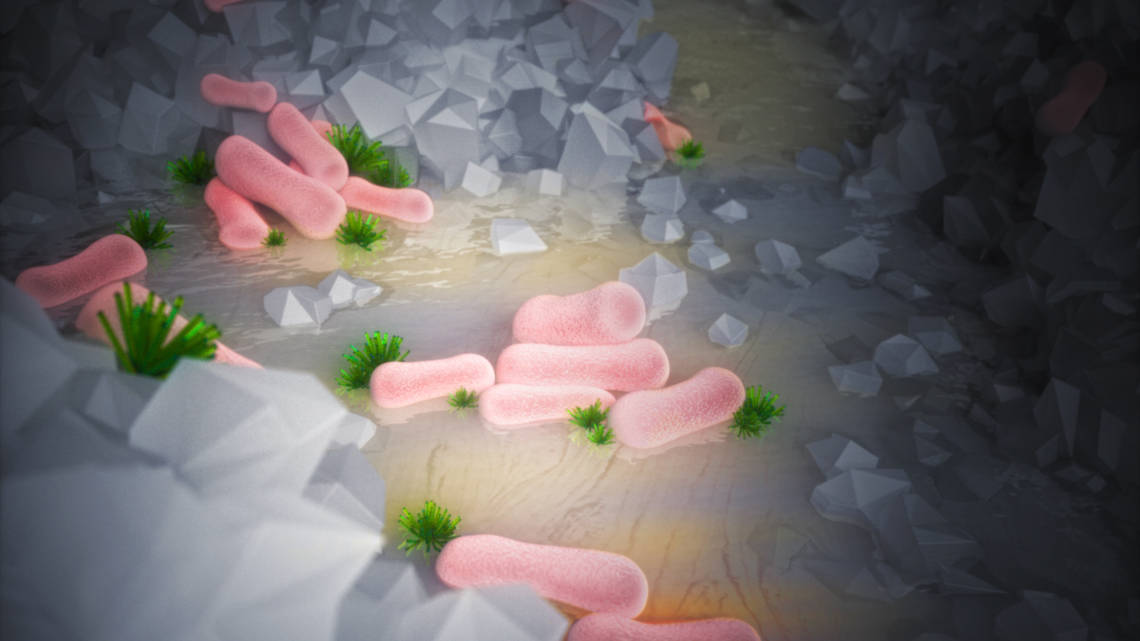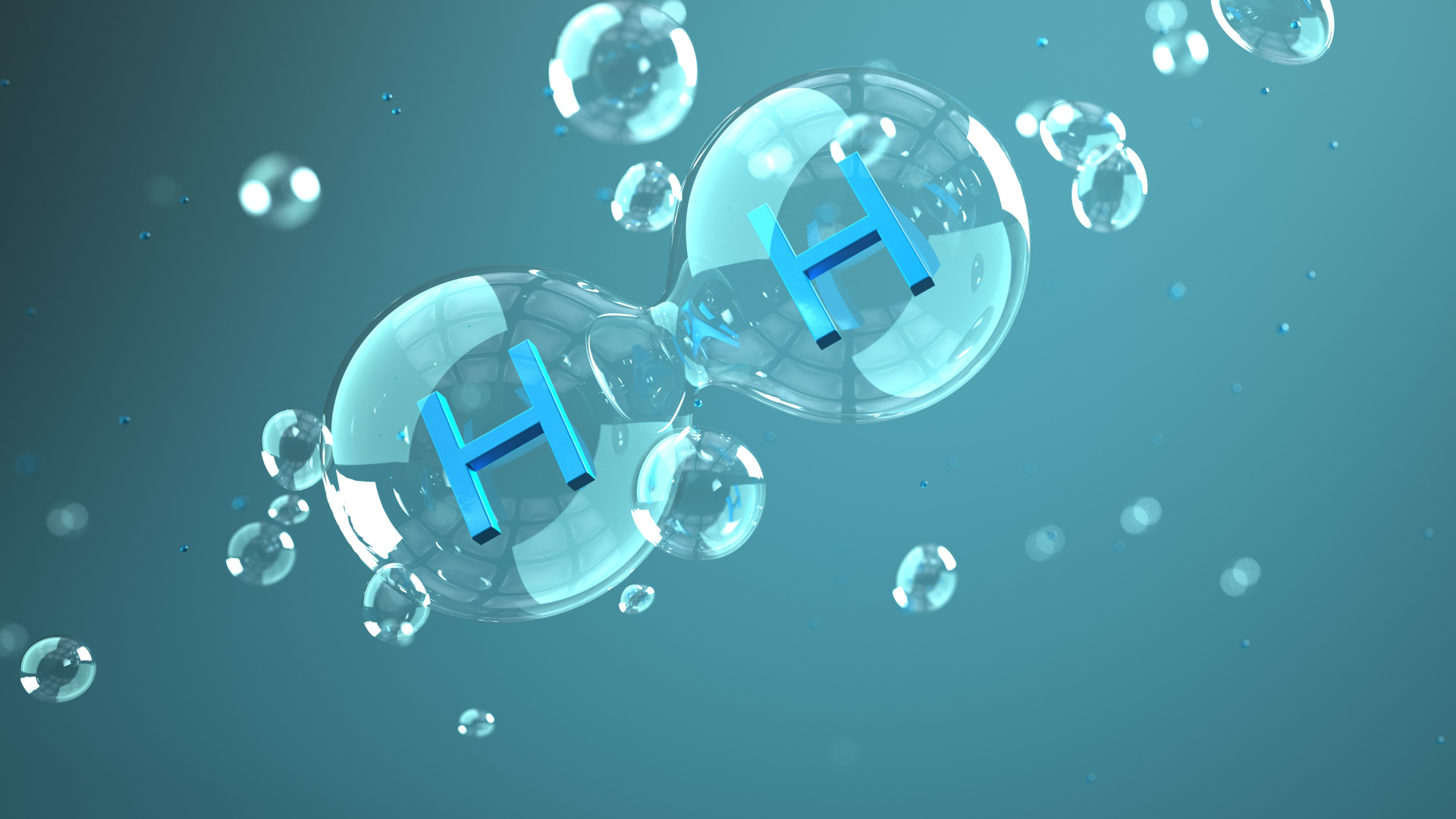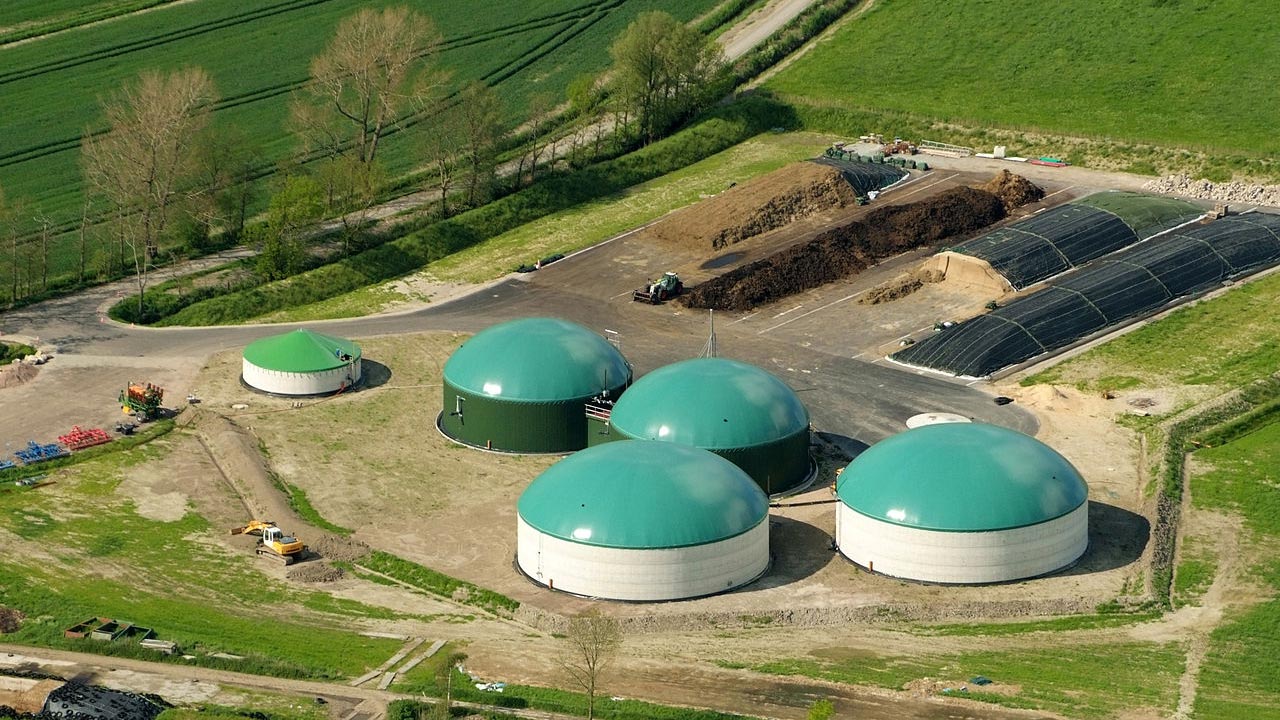Microbes make nuclear waste repositories safer
Extremely halophilic archaea have a natural mechanism to mineralize dissolved radioactive ions and prevent leaching.

Some microorganisms from the early days of life on earth have a defence mechanism against radioactive heavy metals. Scientists at the Helmholtz Centre Dresden-Rossendorf (HZDR) have now described this mechanism for the first time and recommend that it be considered in the safety assessment of possible repositories for high-level radioactive waste.
Phosphate ions bind heavy metal ions
The so-called haloarchaea derive their name from the fact that they can tolerate extremely high salt concentrations. They therefore occur naturally in salt domes, which are being investigated as an option for the disposal of highly radioactive waste from nuclear power plants. While studying these microorganisms, Miriam Bader and Andrea Cherkouk of the HZDR observed that the archaea release phosphate ions upon contact with dissolved heavy metal ions. "The heavy metal ions, which are actually poisonous to the microbes, are thus firmly bonded to the phosphate ions within minutes," explains Bader. "The phosphate minerals formed are no longer dangerous for the microbes. The archaea of the species Halobacterium noricense can even mineralize highly radioactive substances and render them harmless to their organism.
Worst case scenario: inrush of water in the repository
The background to the investigation was the question of what would happen in a salt dome if water were to enter a nuclear waste repository. In such a case, small amounts of radioactive substances would dissolve in the resulting brine. "We must clarify whether and how they change, because it also depends on where and to what extent the substances are transferred in the host rock and whether they get into the environment with the leachate," explains geoecologist Cherkouk. The Helmholtz researchers presented the results in the journal "Environmental Science & Technology".
Even highly radioactive heavy metals do not escape into the environment
Using time-resolved laser-induced fluorescence spectroscopy, the researchers observed what happened in the experiment with uranium: "First we saw the free uranyl ion dissolved in water. This attached itself to the cell wall of our archaea, which - like all living creatures - consists mainly of organic matter," said Bader. However, as soon as the microorganisms secreted phosphate ions, rapidly growing uranyl phosphate minerals were formed. "The haloarchaea form a natural guard personnel for nuclear waste, so to speak, and can quite effectively prevent uranium and other highly radioactive heavy metals from escaping from the repository into the environment in the event of water inflow," says the geo-ecologist, summarizing the result.
bl/um


